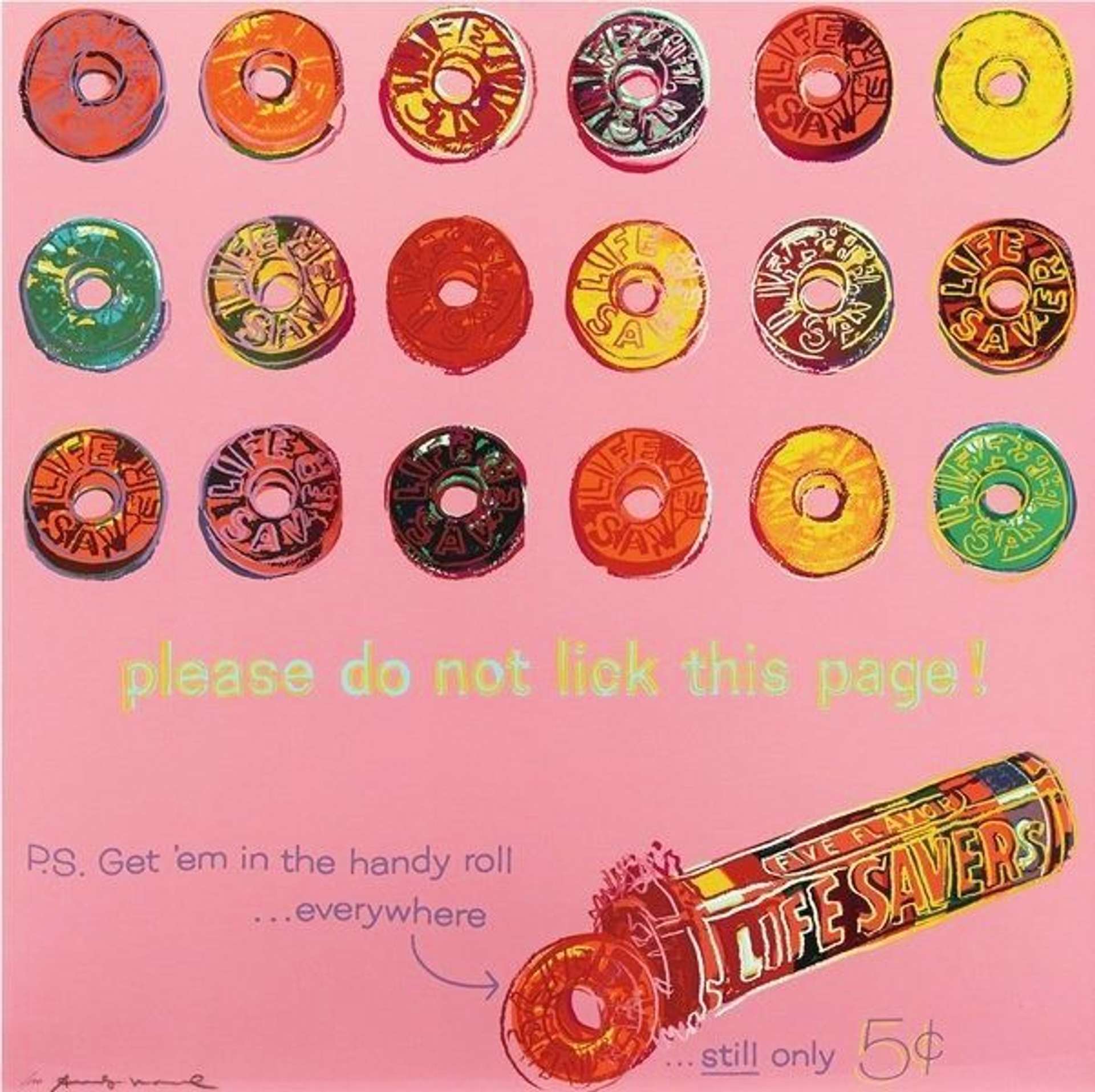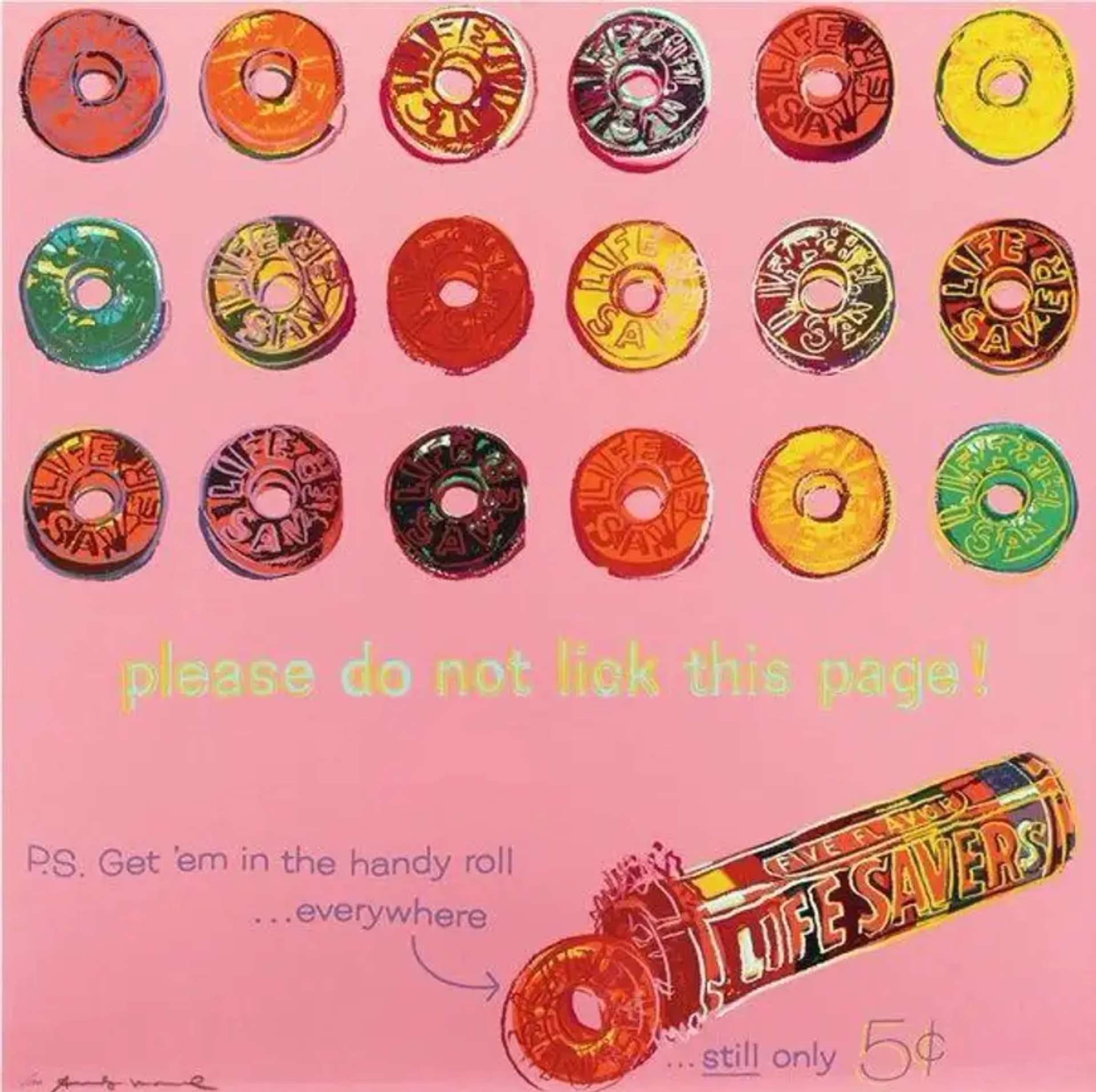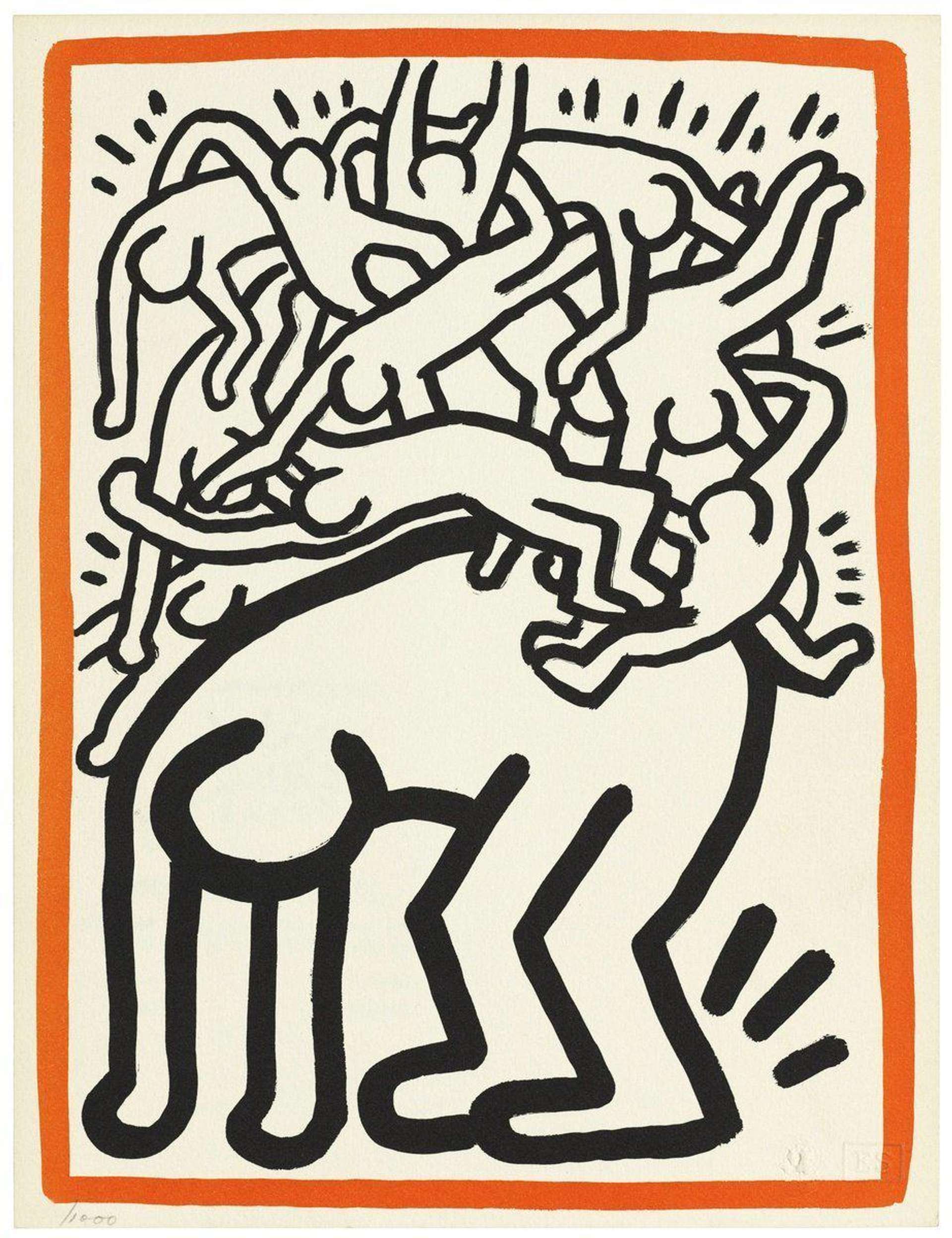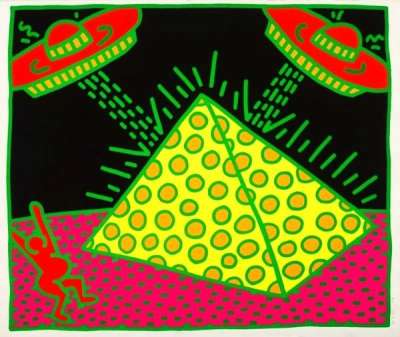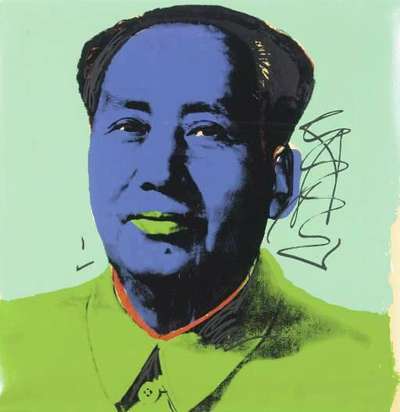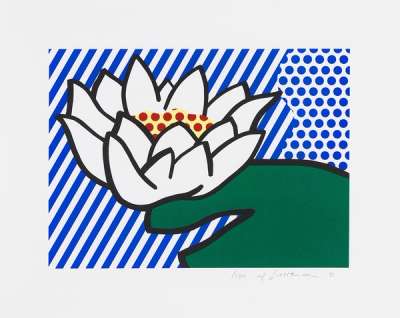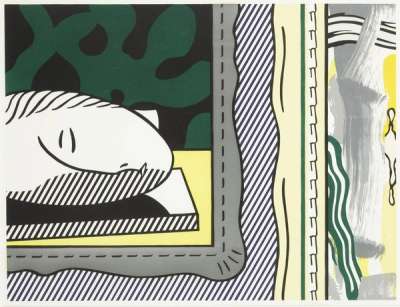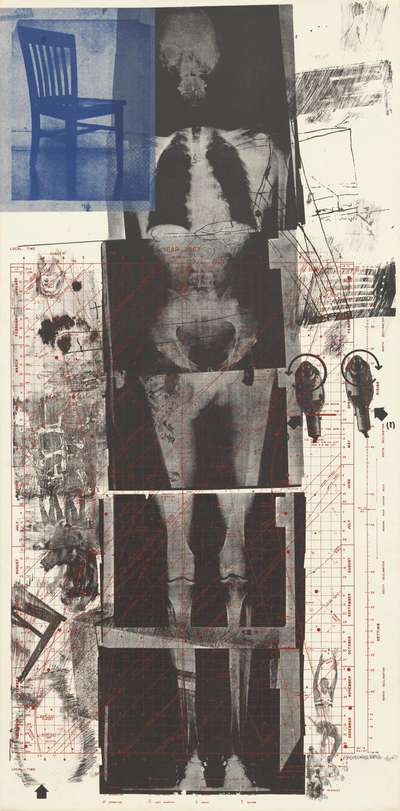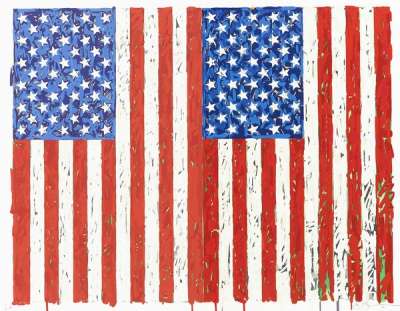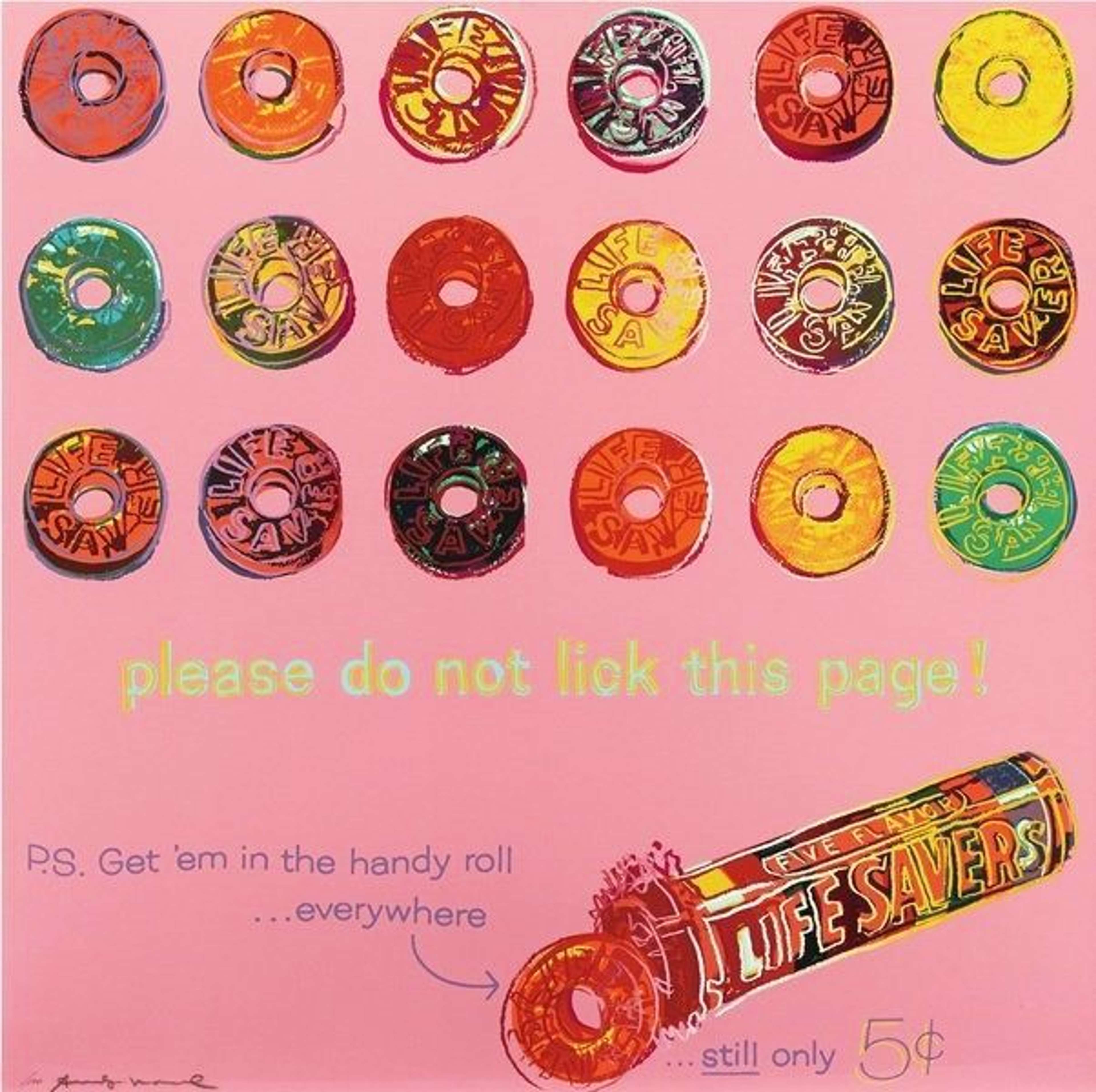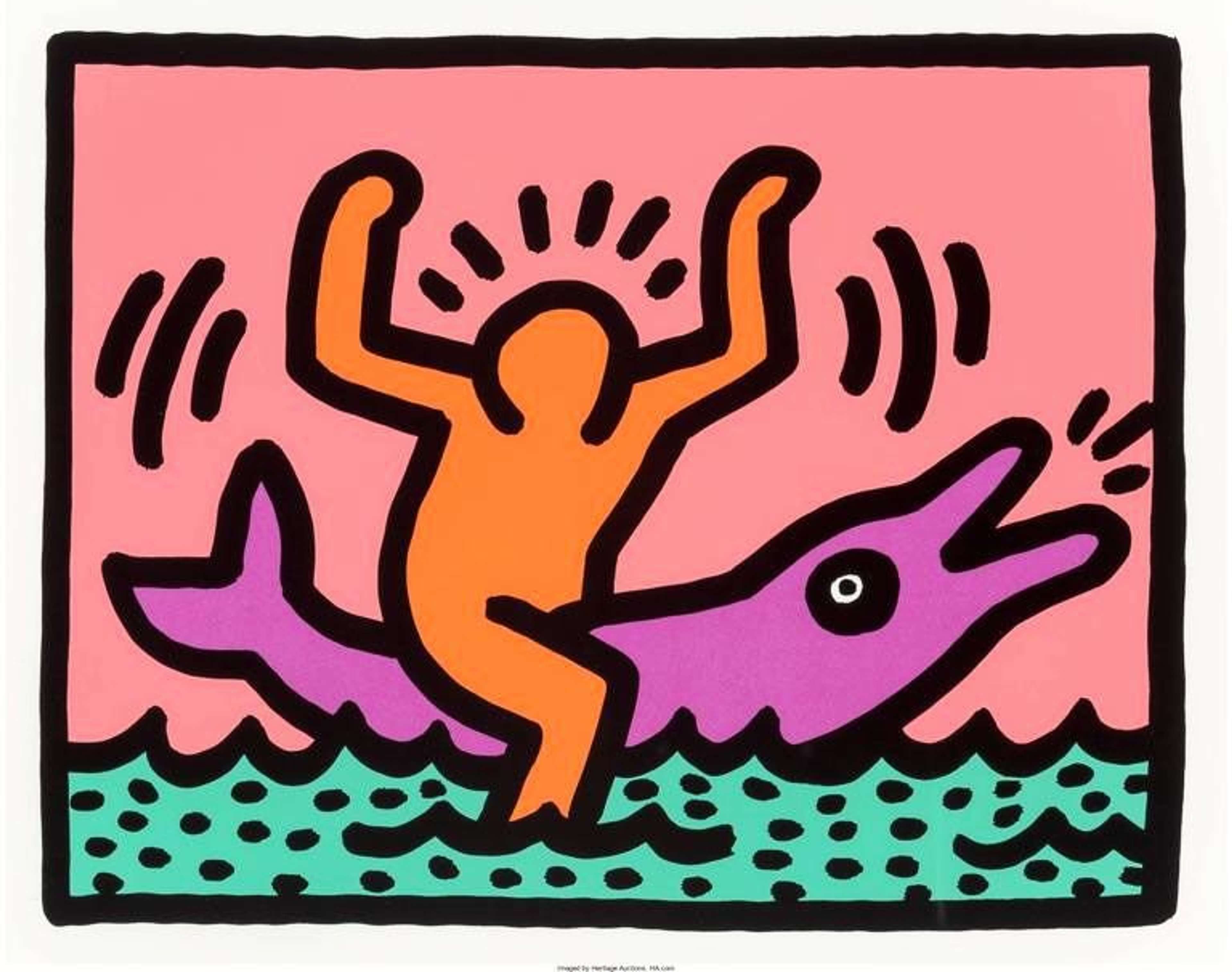The Possible Collection

 Flags I © Jasper Johns 1973
Flags I © Jasper Johns 1973Live TradingFloor
In 2009, a book was published by Assouline, titled The Impossible Collection. It was written by two well-known art world professionals, Phillipe Segalot and Franck Giraud. The book’s premise was fascinating: What if you could assemble the 100 greatest contemporary and modern paintings of all time, (where money and availability were not an issue)? All of the big names were included; from Matisse to Pollock. The cover was graced by the classic 1962 Roy Lichtenstein painting, Eddie Diptych. Naturally, the selections proved to be controversial – which I suppose was the point. Books like this are written to provoke people and get them talking.
Taking a cue from The Impossible Collection, I thought it would be interesting to write a hypothetical version about Pop and Pop-related prints, called The Possible Collection. Assuming you have the necessary budget, such a collection of the “best of the best” is eminently doable. But just for fun, it would be probably worth including some prints that are not necessarily the most important or the most valuable – they’re simply wonderful.
Ed Ruscha – The Small Gems
Where to begin? Perhaps with Ed Ruscha. A no-brainer selection is any one of the four “Standard Station” prints; preferably the red and blue version. These prints have come to help define the American suburban landscape during the 1960s. Yet, the real fun in collecting Ruscha is pursuing the small gems. In this case, I am referring to prints including Sin, Boiling Blood, Fly, and Zoo. These “mini-Ruschas” have a real soul to them. They combine brilliant draftsmanship, humor, and a touch of surrealism.
Roy Lichtenstein – The One that Got Away
Roy Lichtenstein has long been considered one of the greatest printmakers of all-time. While you can’t go wrong with owning Sweet Dreams Baby! or Reverie, in terms of esthetics one should look no further than an impression of Water Lily – a print this writer has a curious history with. It was first released in 1993 as a campaign fundraiser for an American politician. At the time, tax laws in the United States allowed individuals to make campaign contributions of up to $1,000 by purchasing a donated work of art. In this case, Roy Lichtenstein donated the proceeds from the entire edition of 130 prints of Water Lily.
At the time, I was living in Los Angeles and had heard that the local publisher Gemini was about to release this print. Not only was the silkscreen a real beauty, with art historical references (Monet), but it was only $1,000. I rushed over to Gemini, with a check in hand, and snatched one up before it sold out.
I had just begun working as the business manager for the Los Angeles painter Chuck Arnoldi. The day I purchased Water Lily, I returned to Chuck’s studio compound in Venice, California, and showed him the print. Even Chuck, who was parsimonious with compliments, had to acknowledge that it was a beautiful print. A few days later, he was on the phone talking to one of his Hollywood agent friends, who also collected art. The agent mentioned to Chuck how bummed out he was because he just missed buying one of the new Lichtenstein “fundraiser prints” – which had immediately sold out.
Chuck commiserated with the agent’s grief, got off the phone, and then immediately said to me, “I need you to do me favor. Bruce just got shut out of buying one of the Lichtenstein prints that you just bought.”
“Yeah, so?” I responded.
“I want you to sell him yours at cost.”
“And why would I do that?”
“Because Bruce is a close friend of mine and my wife’s agent (Katie Arnoldi was a novelist),” said Chuck, rather matter-of-factly.
Now here was a dilemma. I knew darn well that I had scored big. I had already heard that these prints were trading for $2,000. The problem was that I really needed the job at the time and saw working for Chuck – who was well-connected – as a stepping stone to bigger things. Chuck also made it clear that if I didn’t “help Bruce out,” it would reflect poorly on him personally. Reading between the lines, it was clear that I’d be out of a job. I wound up capitulating and always regretted it, especially since my position with Chuck ultimately didn’t work out. Don’t ask what the Water Lily is worth today (you can find out here).
Another Roy Lichtenstein print which would be included in The Possible Collection would be Two Paintings: Sleeping Muse. Here, Roy once again quotes art history. In this case, the primary subject matter references Constantin Braucusi’s small but sublime bronze, Sleeping Muse. Throughout his career, Lichtenstein frequently made “art about art.” Two Paintings: Sleeping Muse is so good that it epitomizes how a print can have the impact of a painting.
Andy Warhol – The Essence of Pop
When it comes to Andy Warhol prints, there are so many outstanding works to choose from, that it often comes down to individual taste. In my opinion, I would go with the two standouts, Marilyn #23 and Mao #99. Both of these serigraphs are not only universally recognizable, and closely identified with Warhol, they also hit you square in the gut every time you look at one of them. They not only capture the essence of the Pop experience, but their imagery transcended the art world and became emblematic of Warhol’s place in popular culture.
Jasper Johns – No Brainers
The prints of Jasper Johns need no introduction. He’s arguably the world’s greatest living printmaker. Just like Warhol, acquiring certain key Johns prints are no brainers. Included in that category are: Flags I, Target (ULAE 147), Savarin (1977), Usuyuki (both versions, 1981 and 1982), Corpse and Mirror, Figure 7 from the Color Numeral series, and the early lithograph O Through 9. However, the print no one ever talks about, which deserves diva status, is Summer (Blue). This small version of Summer, derived from the famous set of “Four Seasons” prints, reprises many of this artist’s icons: the Mona Lisa, George Ohr pottery, a snippet of the Picasso painting Minotaur Moving His House, a seahorse, a sweeping hand, and other images.
Robert Rauschenberg – Iconic Americana
The artist most closely associated with Jasper Johns is Robert Rauschenberg – who was a gifted but underrated printmaker. The big prize in Rauschenberg’s print oeuvre has always been Booster, a large and ambitious work. Yet, if you dig a little deeper, some of his finest prints are modest in scale, but have a great impact in person. One of the standouts here is Signs, which convincingly captures the tumult and glory of the sixties. It illustrates a wailing Janis Joplin, John and Robert Kennedy, Martin Luther King, an astronaut in a spacesuit (symbolic of the moon landing), and an army jeep filled with troops (possibly in Viet Nam).
Another modest-scale work with outsize impact is For Ferraro – which like Lichtenstein’s Water Lily was also conceived as a political fundraiser. Here, Rauschenberg depicts such disparate images as the Statue of Liberty and a Roman marble figurative statue which he tied together through color and expressionistic brushstrokes. Fortunately, I also ended up with one of these $1,000 prints, which was done in support of Geraldine Ferraro’s candidacy for vice president – and hung onto it for quite a while.
Keith Haring – A Hint of Rebellion
Finally, The Possible Collection should include one of Keith Haring’s prints from his Fertility Suite – preferably Fertility 2 which depicts a pregnant woman, a pyramid, and two flying saucers on a black background. Keith’s choice of day-glow colors capture the essence of the Pop Art experience; imagery derived from popular culture, spiritually open, and just a hint of rebelliousness.
Unlike “The Impossible Collection” of great historic paintings, which would literally be impossible to assemble, The Possible Collection of prints can actually be put together. Sure, it would take substantial funds. But that aside, one can certainly acquire a “personal” scaled-down variation of this theme. And at the end of the day, the most interesting collections are not always the ones which are the most valuable; they are the ones which are the most personal (quirks and all).






